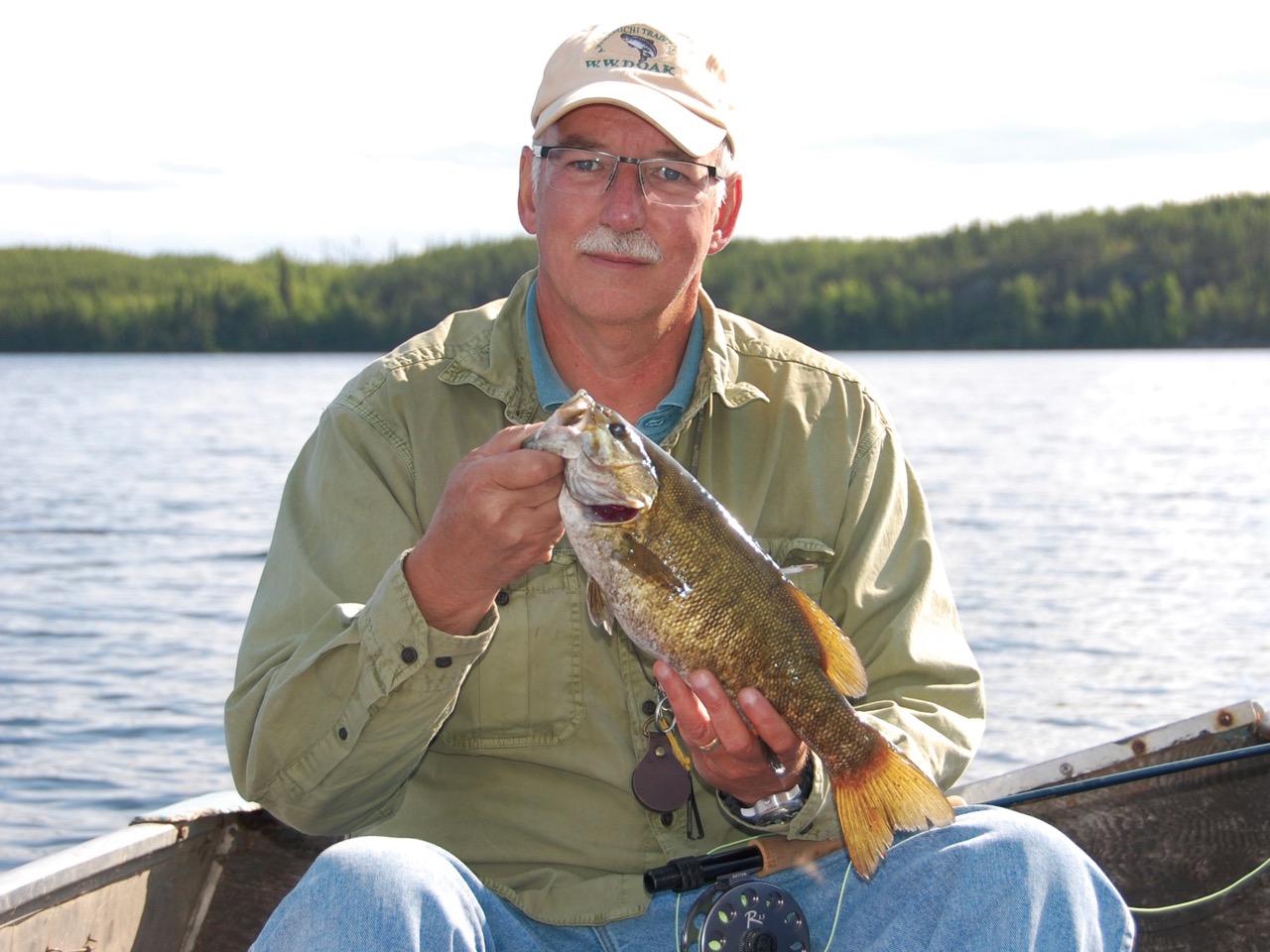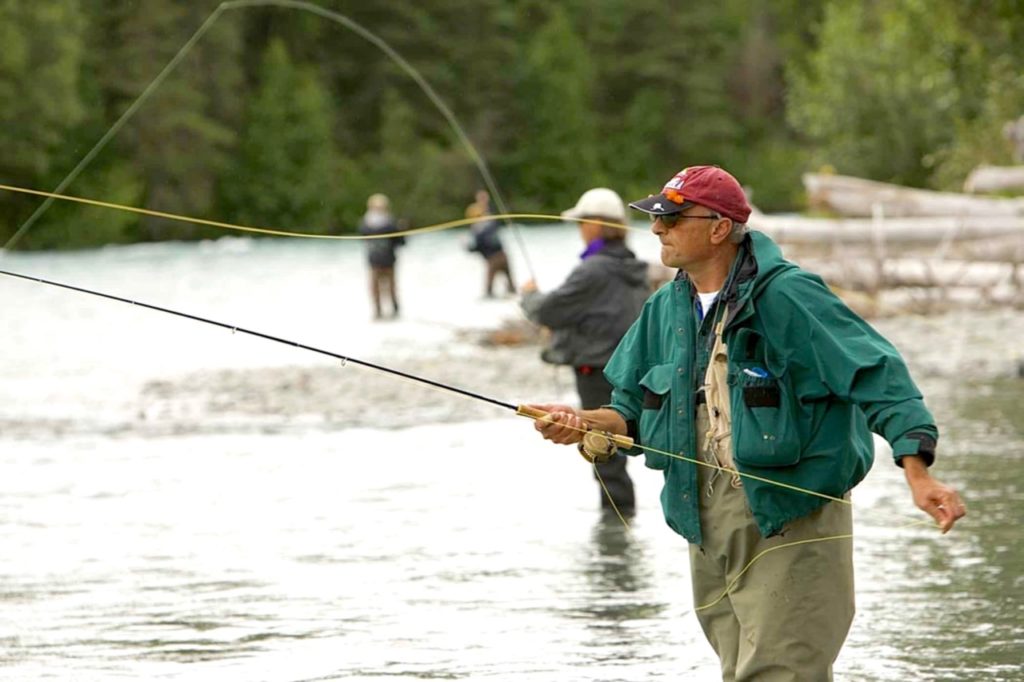Beyond trout and tweed
Too intimidated to try fly fishing? Don’t be. Here’s what you need to know to quickly start catching fish—any fish
Advertisement
LEARNING CURVE
Leave behind any notion that learning to fly cast is difficult. It’s not. In fact, I would suggest it takes more on-the-water experience to become adept at vertical jigging than it does to become a capable fly caster. The main challenge is getting it embedded in your mind that you’re casting the line, not the fly.
Advertisement
With jigs, spoons, crankbaits and other conventional baits, it’s the weight of the lure that pulls the line off your reel when you cast, allowing you to get your offering to where the fish are. In fly fishing, the flies typically weigh next to nothing, so the weight is built into the line instead, and the fly tied to the end just goes along for the ride. That, in essence, is the most meaningful difference between fly fishing and spinfishing or baitcasting.
Too often, I see newcomers focus on the fly as they’re learning to cast, trying to throw it as they would a spoon. The result is they cast with increasing speed and power as their frustration grows, making the situation worse with every attempt. To become proficient much more quickly, it’s best to first learn to cast on dry land without a fly tied to the line. Then when the time comes to hit the water, just repeat what you’ve practised—don’t worry, the fly will follow along and do its job if you focus on casting the line.
As with any skill, you’ll improve with experience, but the only time you need to worry about a butterfly-like landing on the water is when casting dry flies for trout. Otherwise, it matters little. A spoon hitting the water arrives with a significant splash but still catches fish, so don’t worry about moving a little water around when your fly hits the water.
Advertisement
For practice tips, go to www.outdoorcanada.ca/flycasting.


